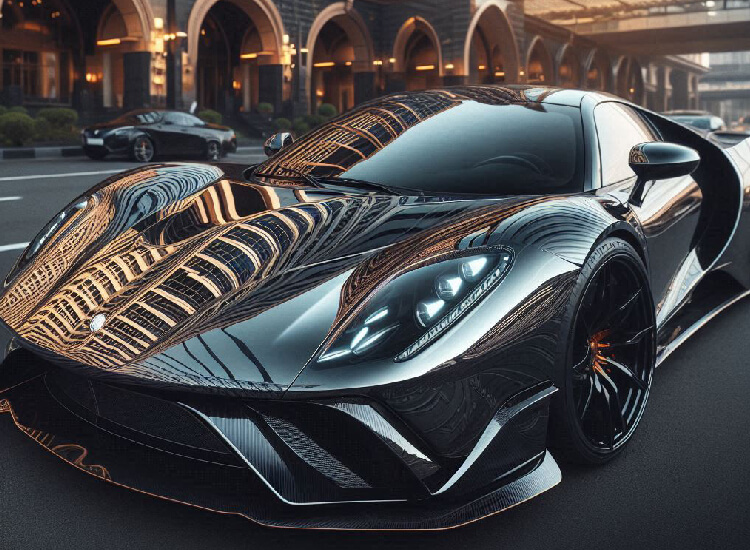What Is the Downside of PPF?
Paint Protection Film (PPF) is often praised for its ability to shield your car’s paint from rock chips, scratches, and UV damage. But like any product, it’s not without a few downsides that car owners should consider before making the investment.
First, the cost of PPF can be quite high. A full car wrap using high-quality film can run anywhere from $1,500 to over $5,000, depending on the vehicle and complexity of the install. It’s a premium service, and not every driver is ready for that level of commitment.
Second, improper installation can lead to bubbles, edges peeling, or uneven coverage. That’s why it’s crucial to choose a skilled and experienced installer. DIY kits might seem tempting, but they rarely match professional results.
Another concern is yellowing or discoloration over time, especially with low-quality films. While modern PPF products have UV resistance, cheaper versions may degrade with exposure to sun and heat.
Lastly, PPF is not invincible. It can still be scratched, stained, or torn under harsh conditions. And if damaged, replacing it can be expensive.
In short, while PPF offers excellent protection, it comes with upfront cost, maintenance, and the need for expert installation. Weighing these factors will help you decide if it’s the right fit for your vehicle.






